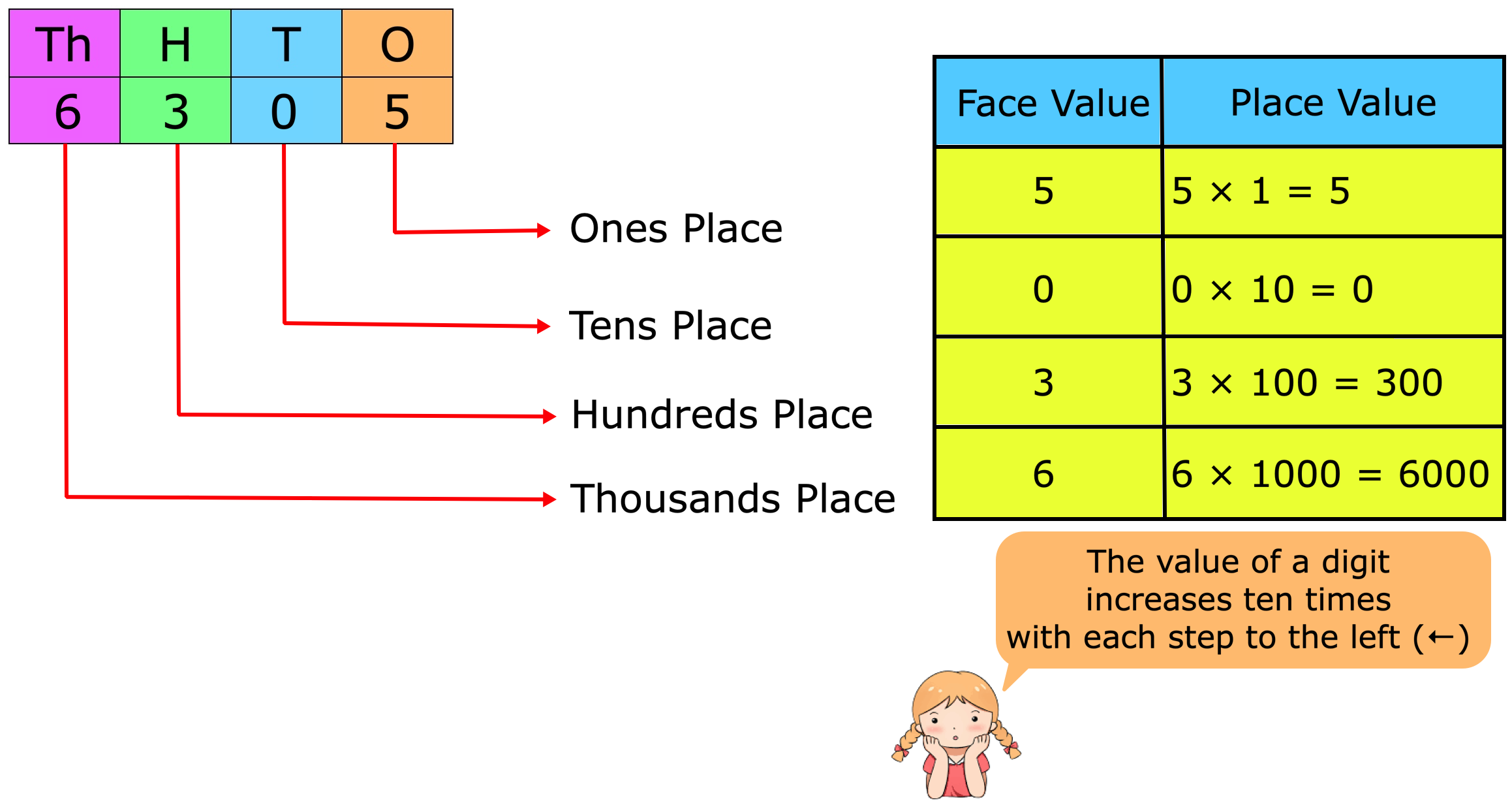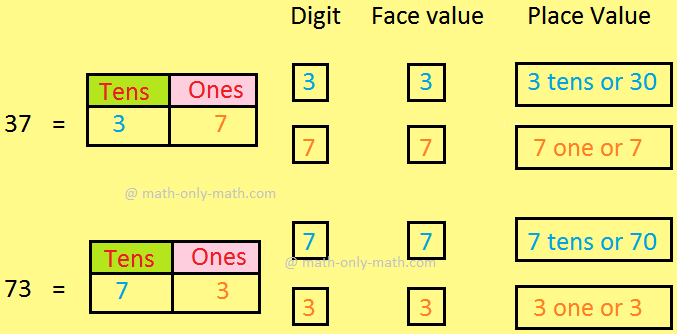Situations of Inverse Variation
We will learn ‘what inverse variation is’ and how to solve different types of problems on some situations of inverse variation.
If two quantities are related in such a way that increase in one quantity causes corresponding decrease in the other quantity and vice versa, then such a variation is called an inverse variation or indirect variation.
If the two quantities are in inverse variation then we say that they are inversely proportional.
Suppose, if two quantities x and y vary inversely with each other, then the values of x is equal to the inverse ratio of the corresponding values of y.
i.e., x1x2=y2y1
or, x1×y1=x2×y2
Some situations of inverse variation:
● More men at work, less time taken to finish the work.
Less men at work, more time is taken to finish the work.
● More speed, less time is taken to cover the same distance.
Less speed, more time is taken to cover the same distance.
Problems on different situations of inverse variation:
1. If 48 men can do a piece of work in 24 days, in how many days will 36 men complete the same work?
Solution:
This is a situation of indirect variation.
Less men will require more days to complete the work.
48 men can do the work in 24 days
1 man can do the same work in 48 × 24 days
36 men can do the same work in (48 × 24)/36 = 32 days
Therefore, 36 men can do the same work in 32 days.
2. 100 soldiers in a fort had enough food for 20 days. After 2 days, 20 more soldiers join the fort. How long will the remaining food last?
Solution:
More soldiers, therefore, food lasts for less days.
This is a situation of indirect variation.
Since 20 soldiers join the fort after 2 days, therefore, the remaining food is sufficient for 100 soldiers and 18 days.
Situations of Direct Variation
Situations of Inverse Variation
Direct Variations Using Unitary Method
Direct Variations Using Method of Proportion
Inverse Variation Using Unitary Method
Inverse Variation Using Method of Proportion
Problems on Unitary Method using Direct Variation
Problems on Unitary Method Using Inverse Variation
Mixed Problems Using Unitary Method7th Grade Math Problems
From Situations of Inverse Variation to HOME PAGE
Didn't find what you were looking for? Or want to know more information about Math Only Math. Use this Google Search to find what you need.
Recent Articles
-
Place Value and Face Value | Place and Face Value of Larger Number
Apr 13, 25 03:12 PM
The place value of a digit in a number is the value it holds to be at the place in the number. We know about the place value and face value of a digit and we will learn about it in details. We know th… -
Face Value and Place Value|Difference Between Place Value & Face Value
Apr 13, 25 03:07 PM
What is the difference between face value and place value of digits? Before we proceed to face value and place value let us recall the expanded form of a number. The face value of a digit is the digit… -
Place Value and Face Value | Basic Concept on Place Value | Face Value
Apr 13, 25 02:59 PM
Learn the easiest way to understand the basic concept on place value and face value in the second grade. Suppose we write a number in figures 435 in words we write four hundred thirty five. -
Expressing Place Value and Face Value | International & Indian System
Apr 13, 25 02:35 PM
We will learn expressing place value and face value of a digit in any number in International and Indian system. Place value: We know how to find out the place value of a digit in any number. -
5th Grade Decimals | Word Problem on Decimals | Concept of Decimals
Apr 13, 25 02:16 PM
A fractional number whose denominator is 10 or multiple of 10 is called a decimal. Every decimal has two parts whole number part and decimal part. These two parts are separated by a dot or point. This…
Worksheet on Direct Variation using Unitary Method
Worksheet on Direct variation using Method of Proportion
Worksheet on Word Problems on Unitary Method





New! Comments
Have your say about what you just read! Leave me a comment in the box below. Ask a Question or Answer a Question.